Reverse Aging with the Mitochondria Diet
Every day it seems like there’s some new pill, new fad, new diet, new way of living that promises to be the key to health, right? You’re not wrong. The health and wellness business is booming, and it’s all because we want one thing. To live stronger, more vital lives… longer.
Well, it’s time to meet your mitochondria. You remember those little guys from High School Biology? How’s this for a flashback… “Cells are the building blocks of life and the Mitochondria are the powerhouse of the cells”. Sound familiar?
Those little bean-shaped microscopic friends are in every single cell inside your body. The human body is composed of trillions of them. Mitochondria generate almost all of the energy human bodies need to function properly. Cells are the basic building blocks of all living things and those cells depend on mitochondria to get their work done. They provide structure for the body, take in nutrients from food, and carry out specialized functions for the cells. And with cells being the building blocks of our entire life, from our health to aging, to our nervous system, and digestion. It’s kind of important that they’re as strong and vital as we hope to be.
It’s like the cell is the big boss and the mitochondria are his workers, keeping everything going smoothly. When we’re young the communication between them is strong and fast, but as we age that communication breaks down, and the root causes of poor health and aging begin to accelerate.
But, good news — this is a two-way street: intracellular communication can be repaired through diet and lifestyle changes! And when that communication gets strong again, the aging process slows down, and overall health and vitality improve.
The great thing is, caring for your mitochondria and boosting their communication network doesn’t just help slow down the aging process. It can also enhance your energy, metabolism, and cognitive powers. And it can reduce your risk of age-related diseases like cancer, Alzheimer’s, heart disease, and infertility.
Ready to embark on a mitochondrial makeover? Here are the foods we recommend for optimal intercellular chit-chat.
- Anti-oxidants
- B vitamins
- Sulfur
- Fats
- Magnesium
Antioxidants
You’ve heard the term for a decade. Anti-oxidants. It’s famously found in blueberries, and much more fun… wine! But what’s oxidizing? And why are we anti? You may have also heard of Free Radicals. Besides being an awesome band name, free radicals are free-flowing pollutants that can cause cancer, aging, and cellular damage. These come as expellants from chemical processes inside our body like metabolism but also come from the food we eat, the air we breathe, the water we drink, etc.
These nasty hoodlums are basically the “oxidants” threatening to invade and wreak havoc on our cells, causing oxidative stress. Antioxidants are our knights in shining armor. They find these free radicals and guard our organs, cells, and systems from harm.
BEST SOURCES OF ANTIOXIDANTS
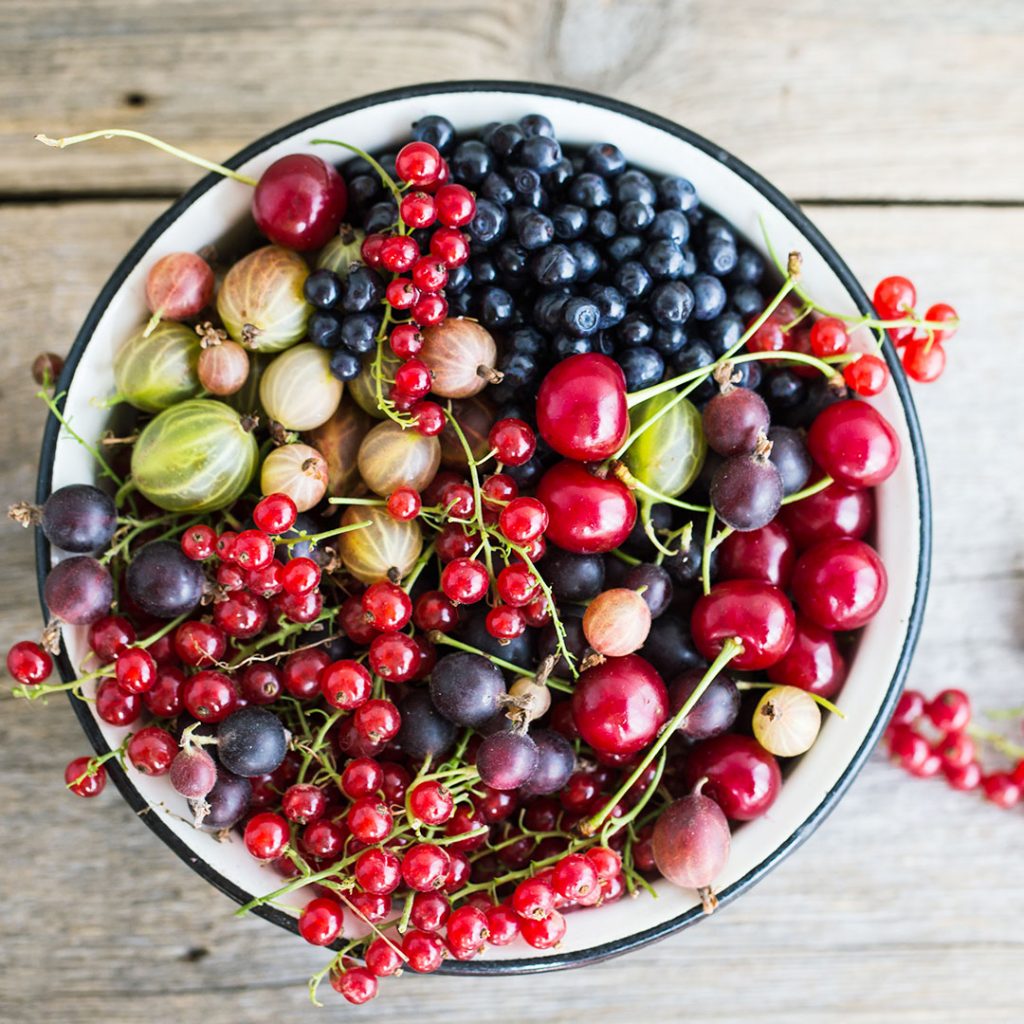
Blueberries (yeah, this one was obvious) are full of powerful antioxidants. But this goes for pretty much all berries. In fact, the darker blue or purple, the better. These foods support healthy blood sugar levels, due to their low glycemic index, and high amount of fiber.
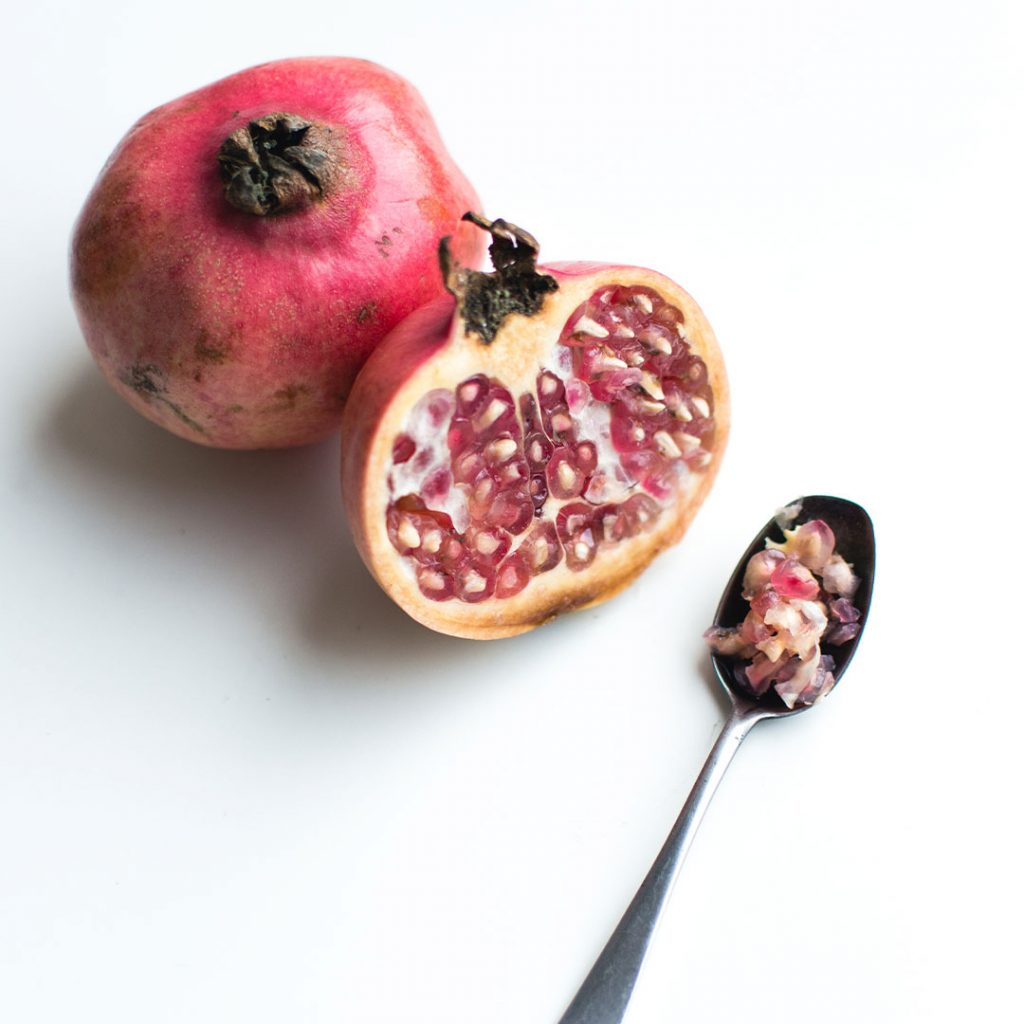
Pomegranate arils have some of the highest amounts of antioxidants (three times higher than red wine or green tea). They are also excellent sources of fiber, vitamin C, and potassium. Their rich source of phytonutrients, called polyphenols, is a major factor in brain health.
B Vitamins
You’ve probably heard of B-12, B-5, B-6, these important B’s that we need for metabolism, energy support, and mood stabilization. That’s because beyond helping our Mitochondria, B vitamins are also great at supporting your mood and the lack of B vitamins has been linked to depression and anxiety.
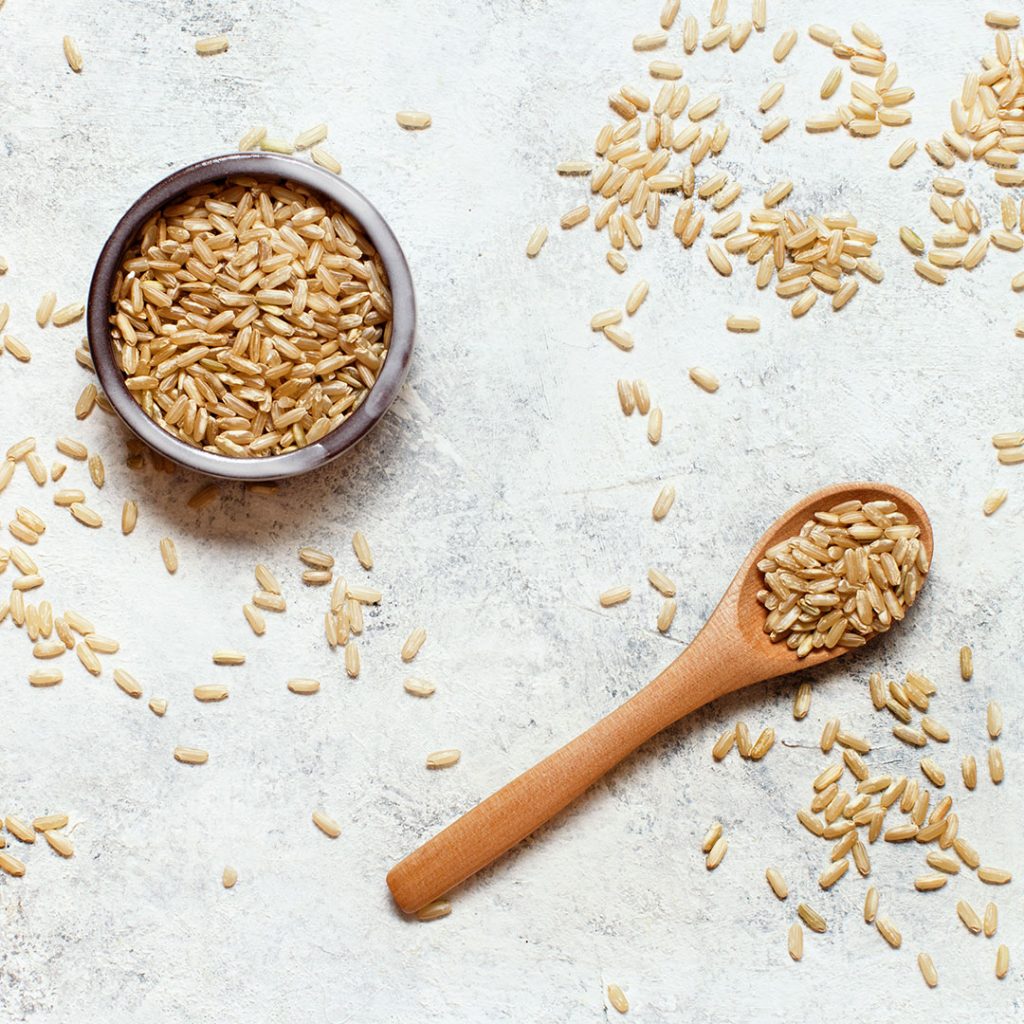
Whole Grains– Don’t give up on the grains. Yes, processed refined carbs like bleached white bread can have negative side effects in large quantities, whole grains are the foundation of our diet for a reason. Humans have been living and thriving on them for years. From barley, to oat, to millet, wheat, and quinoa, these whole unrefined grans still have their germ and bran which contains tons of B vitamins, as well as other essential fiber and nutrients.

Beef (grass-fed) – Where’s the beef? No, this doesn’t mean to start hitting the drive-through. This is not your standard beef. We’re talking clean, grass-fed (and finished) beef from local and sustainable farmers. Clean beef and buffalo or wild game is full of healthy B vitamins! No need to overdo it. 2-3 servings per week are all you need.
Sulfur
Cruciferous vegetables (broccoli, cauliflower, kale, cabbage, and collard greens, to name a few) are a great source of the much-needed sulfur element. Sulfur is the stinky, and super strong, nutrient that holds us together and eliminates toxins.
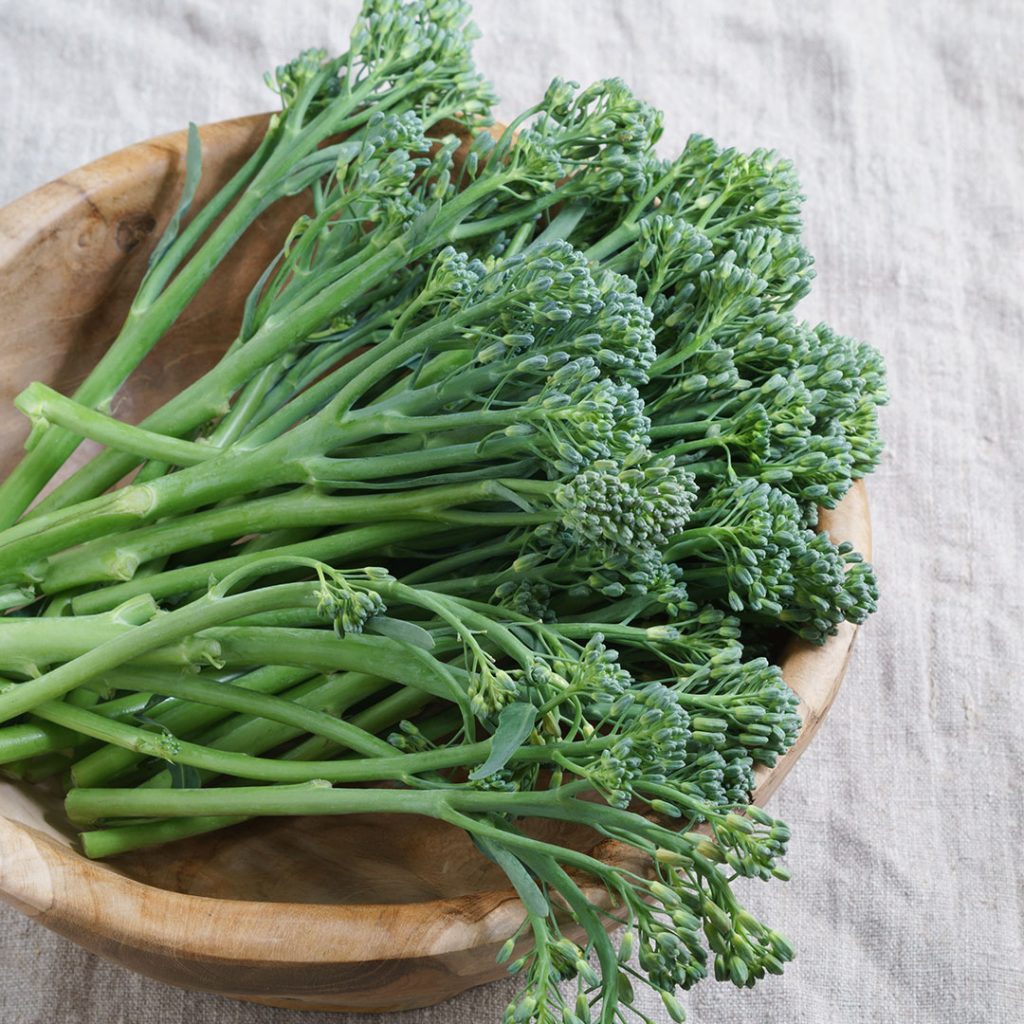
Broccoli and broccoli sprouts, (no we just can’t get enough, read more here) have higher levels of sulforaphane than any other vegetable. Sulforaphane is a superfood chemical compound responsible for removing the harmful environmental pollutants from our cells and reversing anti-aging.
Fats
Fats are great for keeping our bodies safe and insulated, just like they help insulate each of our individual cells! Our mitochondria are surrounded by a protective membrane made up of the fats we eat. When our diet consists of high-quality fats and oils, we can properly mend the fences in our barriers, keeping the integrity of our cells strong.

Olive oil (extra-virgin, cold-pressed) is a one of the best-loved fats for good reason. A pillar of the Mediterranean and Longevity diets, extra-virgin olive oil is full of phytonutrients to combat free radical damage and is an effective anti-inflammatory.

Ghee/Butter (grass-fed). While butter gets a bad (but sometimes necessary) wrap for being a heart-destroying, obesity causing must-avoid food source… some forms of butter are still staples in the health-conscious world. Most commonly, Ghee. Ghee is organic purified butter, famous in Ayurvedic and Indian cuisine as one of the world’s purest and healthiest fat sources.
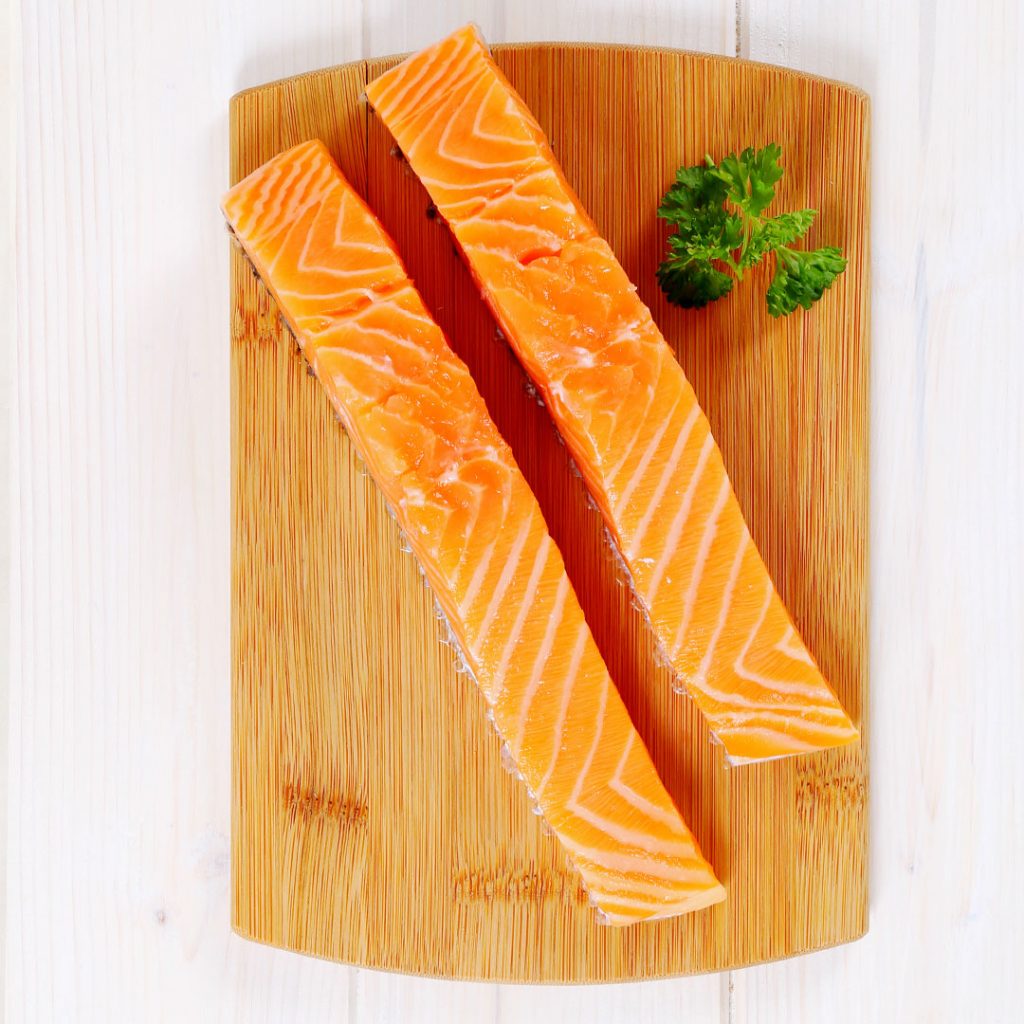
Salmon (wild) is an almost ubiquitous source of omega-3 fat, DHA. Every time you see or hear of healthy fats, you’ll probably see salmon on the list, and that’s for good reason. DHA is great for our brain, heart, eyes, and inflammation. Salmon contains the amino acid cysteine, which is helpful in producing the antioxidant, glutathione, which greatly assists in mitochondrial health. Remember WILD salmon! Farmed salmon develops chemical compounds that actually make it more harmful than helpful.
Magnesium
We already know the mitochondria are what give you energy, but ATP, found in magnesium, is the energetic currency of your cells. They supply fuel to every single type of cell in your body, from muscle to neuron, to keep your cells functioning at their best. Increasing your magnesium intake helps maximize your mitochondria to keep your body working well, longer.
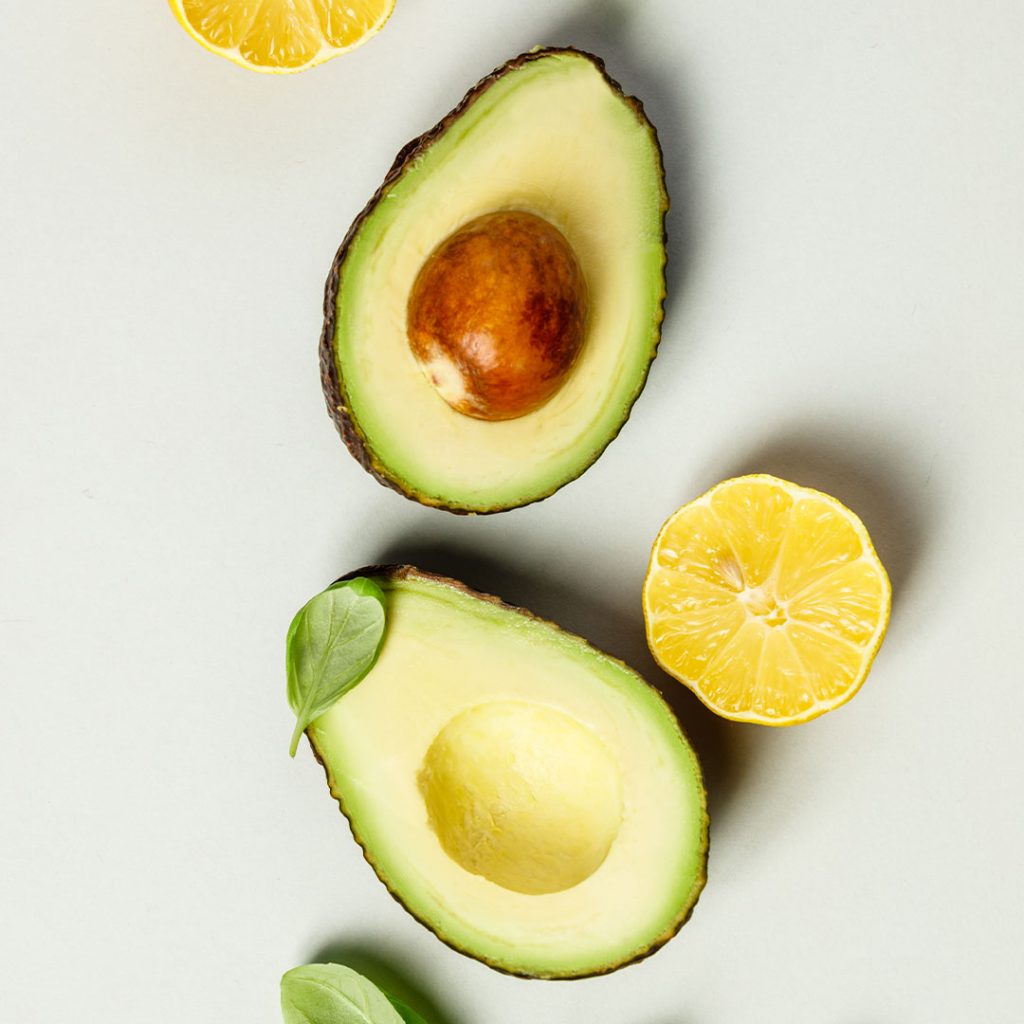
Avocado – We all know avocados are a poster child of “healthy fats”, but we saved them for this section because they’re actually really high in magnesium. Avocados are super good for our brains and full of boosters like glutathione, vitamin E, and antioxidants.
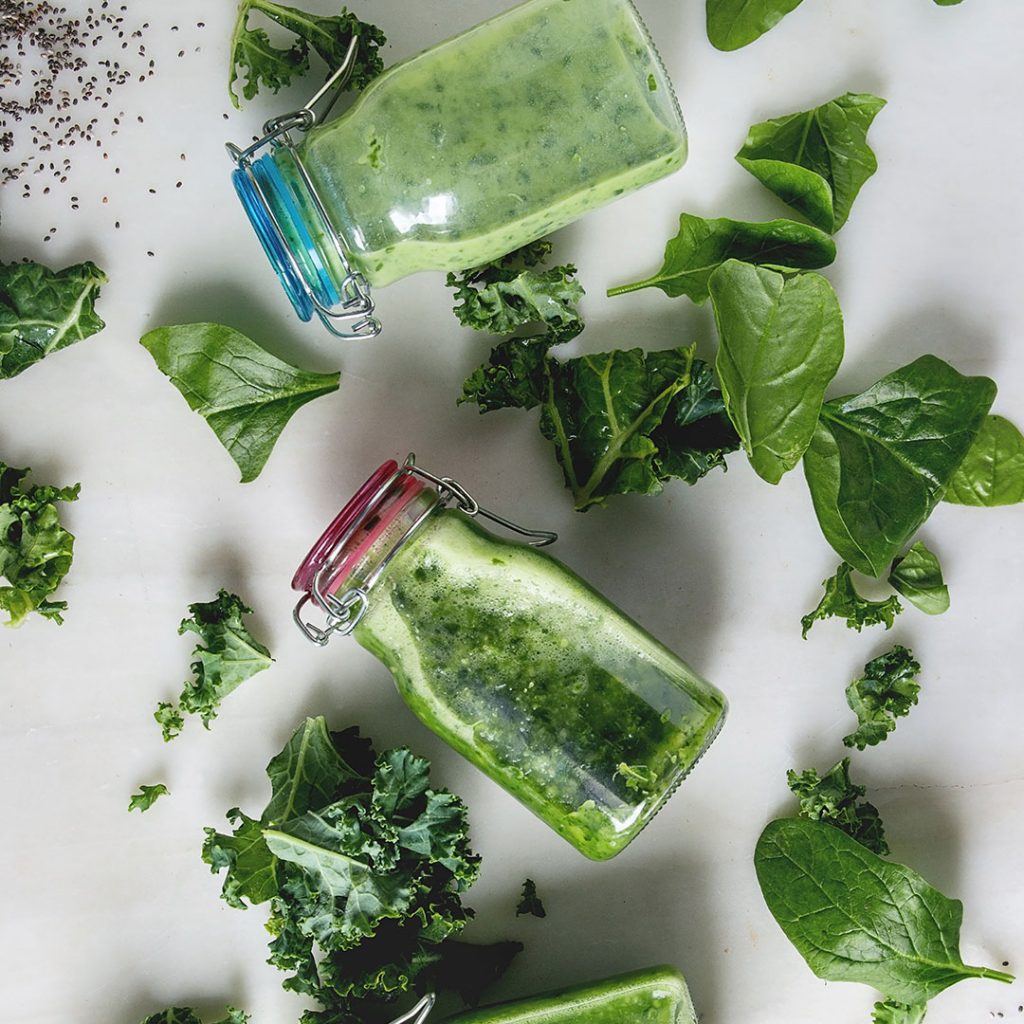
Spinach – No surprise here. Spinach is one of those superfoods that you just can’t ignore. Like most leafy greens, it’s packed with vitamins and minerals, but spinach is especially high in magnesium and antioxidants called flavonoids which support our mitochondria.




Brass Basin Faucet
Appreciate the recommendation. Will try it out.